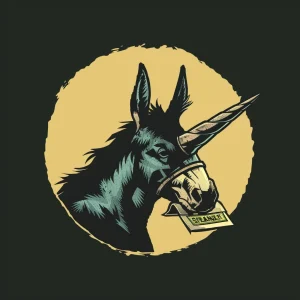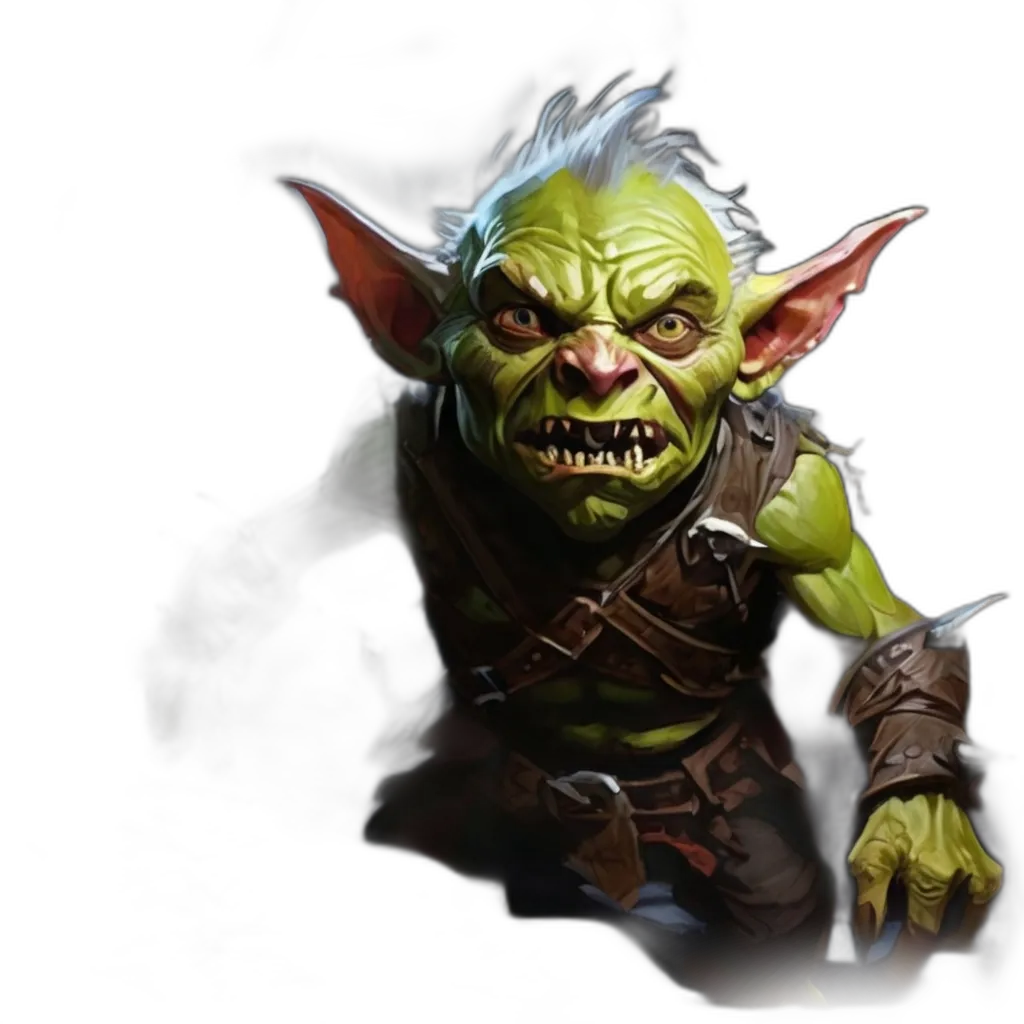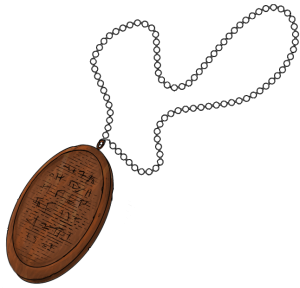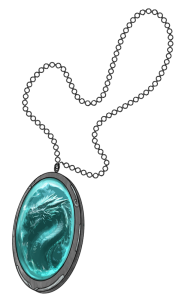World Lore

Arathia is a large realm, with a varied landscape that includes forests, mountains, grasslands, and coastlines. It is also home to a multitude of major rivers and lakes.
The climate in Arathia is temperate, with four distinct seasons. The winters can be are mild, but can be cold and snowy in the north, with frequent blizzards in the mountains. Summers are warm and dry, with occasional heatwaves and thunderstorms.
Ruled by a powerful queen, who is advised by a council of nobles and mages. The queendom is known for its strong traditions of honour and chivalry, as well as its advanced magical and technological achievements.
There are eight predominant settlements that overshadow all the other cities and towns, home to a diverse population of humans, dwarves, elves, and other races.
The countryside of Arathia is dotted with small villages, farms, and other rural settlements. These communities are often isolated and self-sufficient, relying on local resources and traditions to survive.
Arathians are a superstitious people, where any patch of darkness is rumoured to have monsters lurking within. To keep their settlements lit, they use a material known as “Silverstone”, which soaks up sunlight during the day, and releases it at night.
Shimmers & Glints

Shimmers are the main currency of Arathia. Made of a Tantalum-Silverstone alloy, and edged with iron clips. One shimmer is the equivalent of a platinum piece. While regular coins exist, Arathians will always prefer shimmers as they consider them superior.
They can be snapped into pieces, which fuse back together on contact. These coins are ten-sided, roughly 4cm in diameter, 3mm thick, and weigh about 10 grams. The decagonal hole at their center also aids in making sure that pieces break cleanly.


The iron edges are not connected to one another, to allow the shimmer to be split into fractions. Shimmer’s properties allow it to cold-weld, meaning that pieces snapped off in this way can be rejoined. A one-tenth piece as pictured is commonly referred to as a “glint”.
Shimmersmiths are tradespeople dedicated to fixing or neatening up existing shimmer, as hand-rejoined coins can be quite uneven, and piles of clips fused together oddly can sometimes occur. In smaller settlements, this may simply be a secondary duty of the local blacksmith, while larger cities may have one or more dedicated Shimmersmiths.

Unlit Shimmer
The Postal Service
There are two major players in the postage game:

Pony Post

Mule Messages
(Discount service, slower)
These are guild-run, private services, but protection and support is promulgated by the Royal house, as this network promotes the vibrant trade between cities.
There is a relay network set up on the major roads, allowing for fast travel of messages. By stationing these relay points a day’s ride in between, a carrier could arrive, and pass on letters to the next one, allowing for a fresh rider and fresh horse (depending on urgency). In this way, mail can travel hundreds of kilometers in just a few days.
Sometimes small towns or villages spring up around the relays, if the setting is right, and a living can be made.
The carriers are generally well-liked and respected (it takes bravery to travel the wilds), and are given medallions called Barta* (decree of authority) that give the holder the right to demand free room, board, and protection while in town under Post business. Traditionally this is simply conferred on them willingly by common folk, as it is a respected profession.
Carriers are generally smaller in stature, under 125 pounds, so as not to overburden the ponies or mules. Sometimes exceptions are made for extremely skilled horse-people.
*Usually carriers are given Barta, but under special circumstances are given Umbarta (Royal Decree of Authority) made of silverstone. This is extremely rare. Generally reserved for nobles or foreign dignitaries.
Goblins and their origins
Goblins (or Mirrakind, the mirror people) as they are referred to, came into being during the strange “darkness” or warping that the stories talk about. In these times, something suffused through the land, and a mockery of all of our darkest parts was made out of the very earth itself, crude and violent.
Goblins are able to reproduce on their own, the normal way (and rather prolifically), however in these waves of darkness, their numbers would swell. The goblins created in this manner are violent and commit unspeakable acts.
Goblins that are naturalized are a little more docile, which explains their more temperate existence and relationships with the other races, although tensions are always present, and they have a bit harder time accepting and being accepted by other races.

Diptah, The Harmonious Cycle
Titles: The Tranquil Cycle, Keeper of Balance, Guardian of Harmony
Alignment: Neutral
Portfolio: Nature, Harmony, Balance, Respect
Domains: Nature, Life, Protection, Healing
Favored Weapon: Quarterstaff
Symbol: A cycle symbol interwoven with leaves and vines
A new god for an old world
Diptah (pronounced DIPP-taw) is revered as the embodiment of harmony and balance between humanity and the natural world. They are often depicted as a figure with swirling patterns representing the cycles of life and nature, intertwined with leaves and vines. This symbolism signifies Diptah’s belief in the interconnectedness of all living things and the cyclical nature of existence. Diptah’s presence is felt in serene forests, blooming meadows, and tranquil waters.
Edicts:
- Respect Nature: Diptah’s followers must always show reverence for the natural world, treating plants, animals, and ecosystems with care and consideration.
- Promote Harmony: Strive to foster understanding and cooperation between humans and nature. Seek solutions that benefit both without causing harm.
- Preserve Balance: Prevent actions or events that disrupt the natural cycles of life, growth, and renewal.
Anathema:
- Desecration of Nature: Deliberate destruction of habitats, extinction of species, or pollution of natural resources is strictly forbidden.
- Imbalance: Actions that upset the balance of ecosystems, favoring human interests over nature’s well-being, or vice versa, go against Diptah’s teachings.
- Ignorance: Disregarding the interconnectedness of all life or neglecting the importance of maintaining harmony with nature is seen as a betrayal of Diptah’s principles.
Worshipers: Diptah’s followers include druids, healers, gardeners, farmers, and anyone who values the symbiotic relationship between humanity and the natural world. They often gather in serene natural settings, such as groves, gardens, or sacred springs, to offer prayers, meditate, and perform rituals that honor Diptah’s teachings.
Clergy and Temples: Diptah’s clergy are typically compassionate and insightful individuals who act as guides and stewards of the natural world. Temples dedicated to Diptah are designed to harmonize with their surroundings, incorporating elements like living plants, natural light, and flowing water. These temples serve as places of spiritual reflection, healing, and environmental education.
Holidays: The Festival of Renewal celebrates the cyclical nature of life and the harmony between humans and the environment. During this time, offerings of fresh fruits, flowers, and clean water are made to Diptah, and rituals are performed to bless crops, bodies of water, and natural habitats.
Allies and Enemies: Diptah is allied with deities who share their vision of harmony and balance, such as Gozreh and Desna. They oppose entities that embody chaos, destruction, or exploitation of nature, such as Rovagug and Urgathoa. Diptah’s approach to conflicts is often diplomatic, seeking peaceful resolutions and cooperation to restore balance and harmony.


